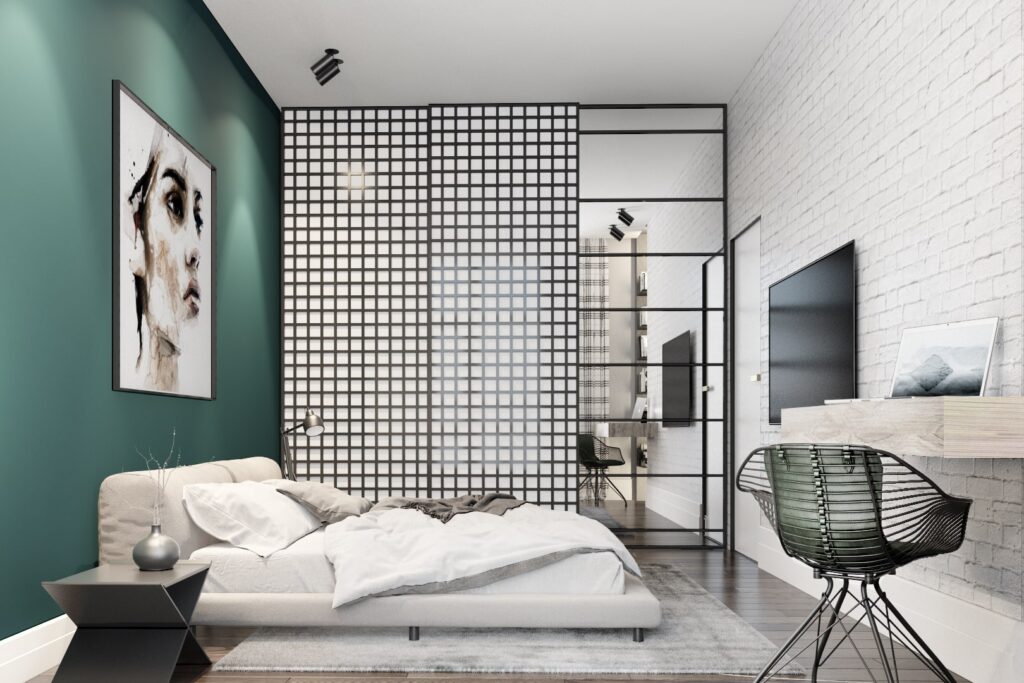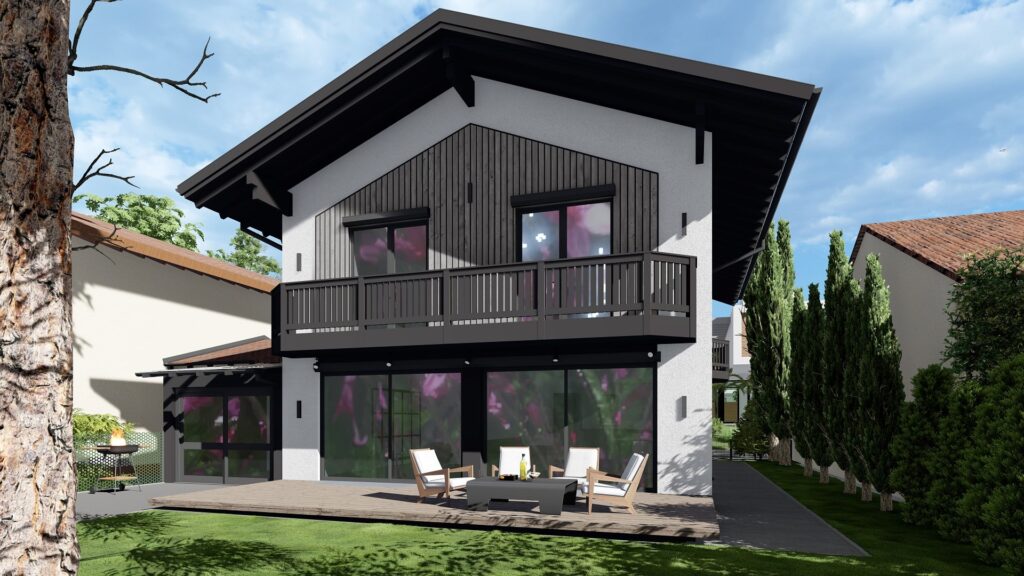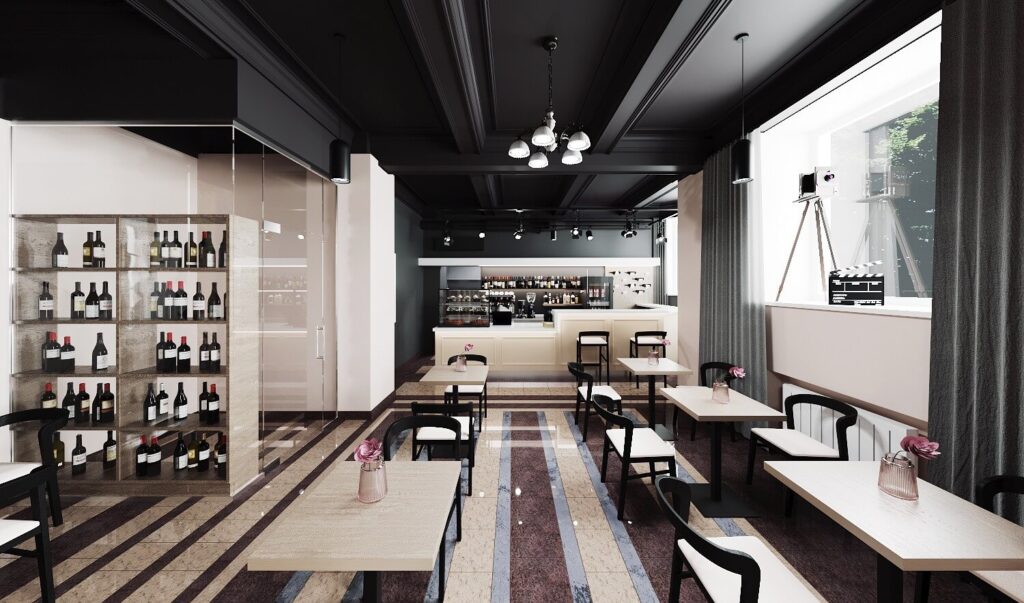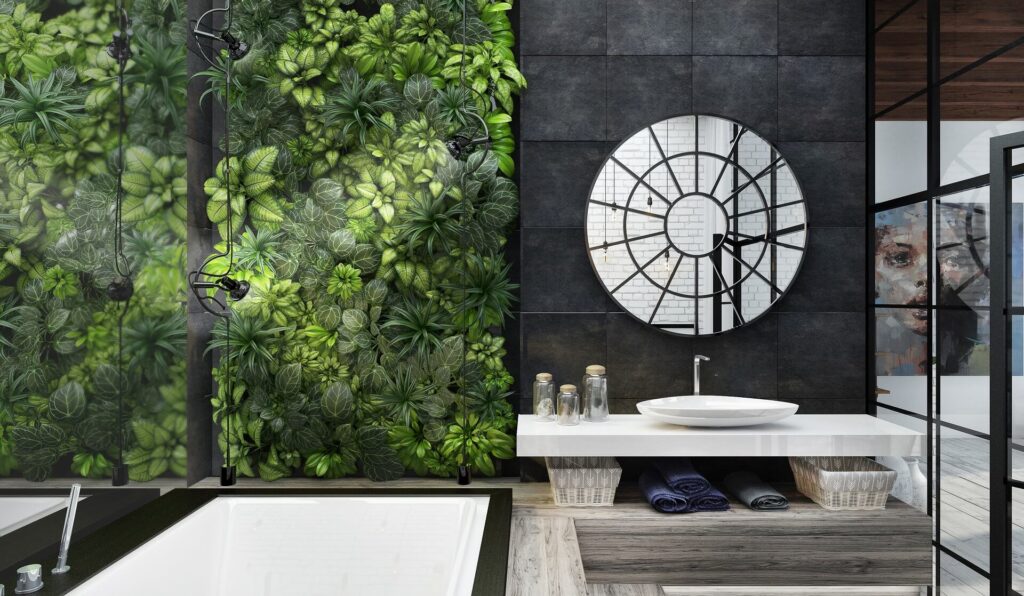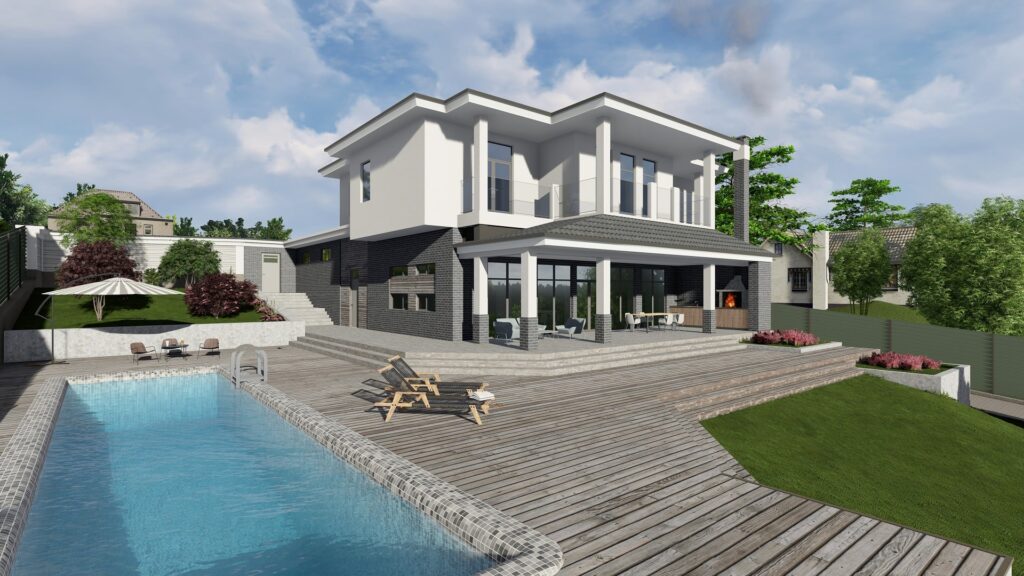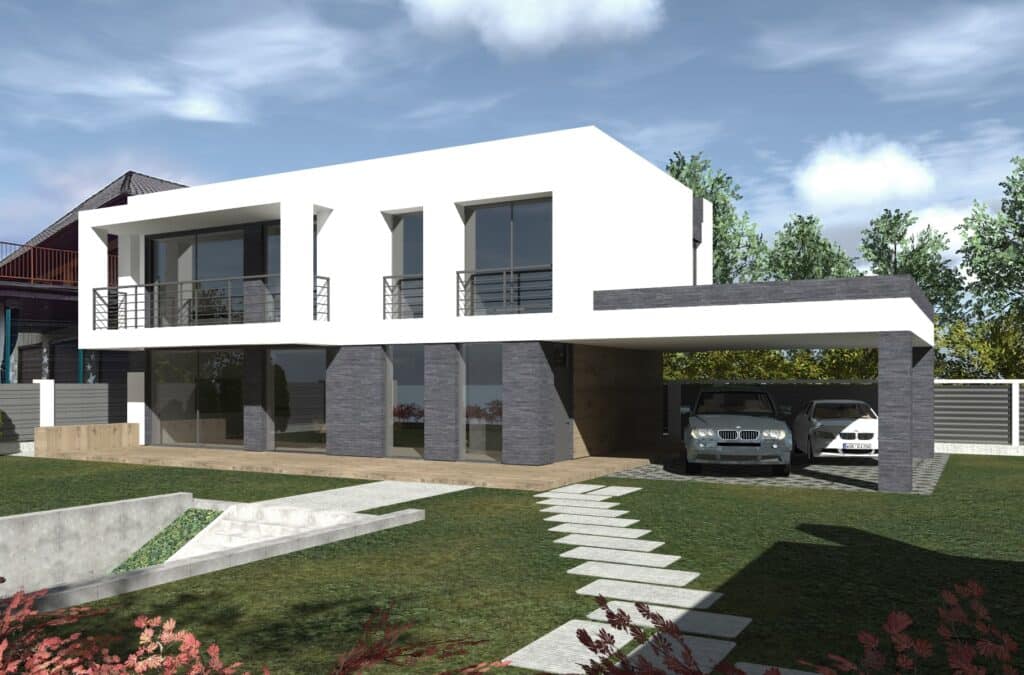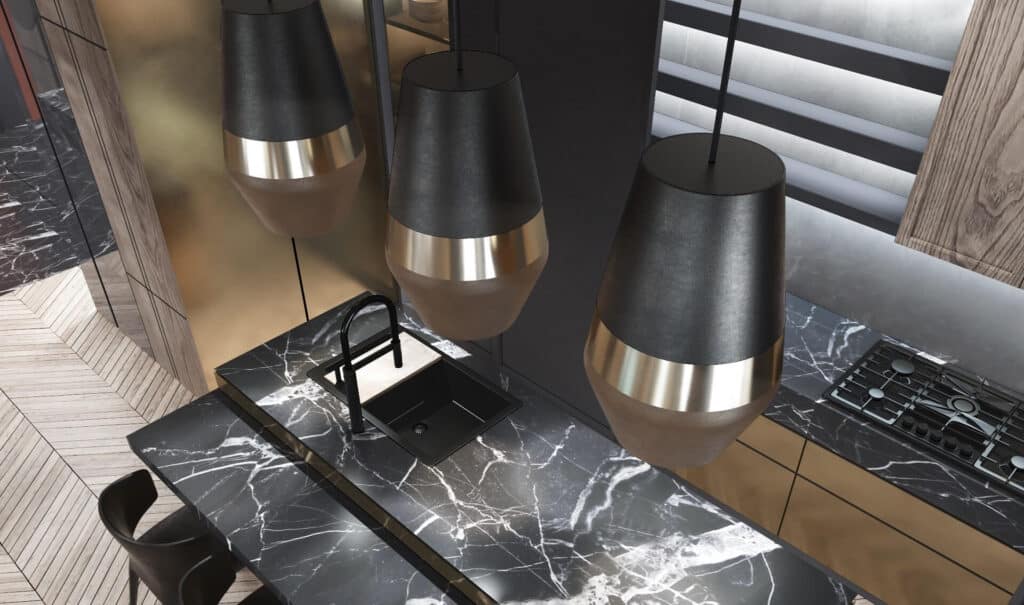Lighting in Interiors: The Art of Illumination, Types of Light Sources, Their Combination and Arrangement for a Cozy and Functional Atmosphere
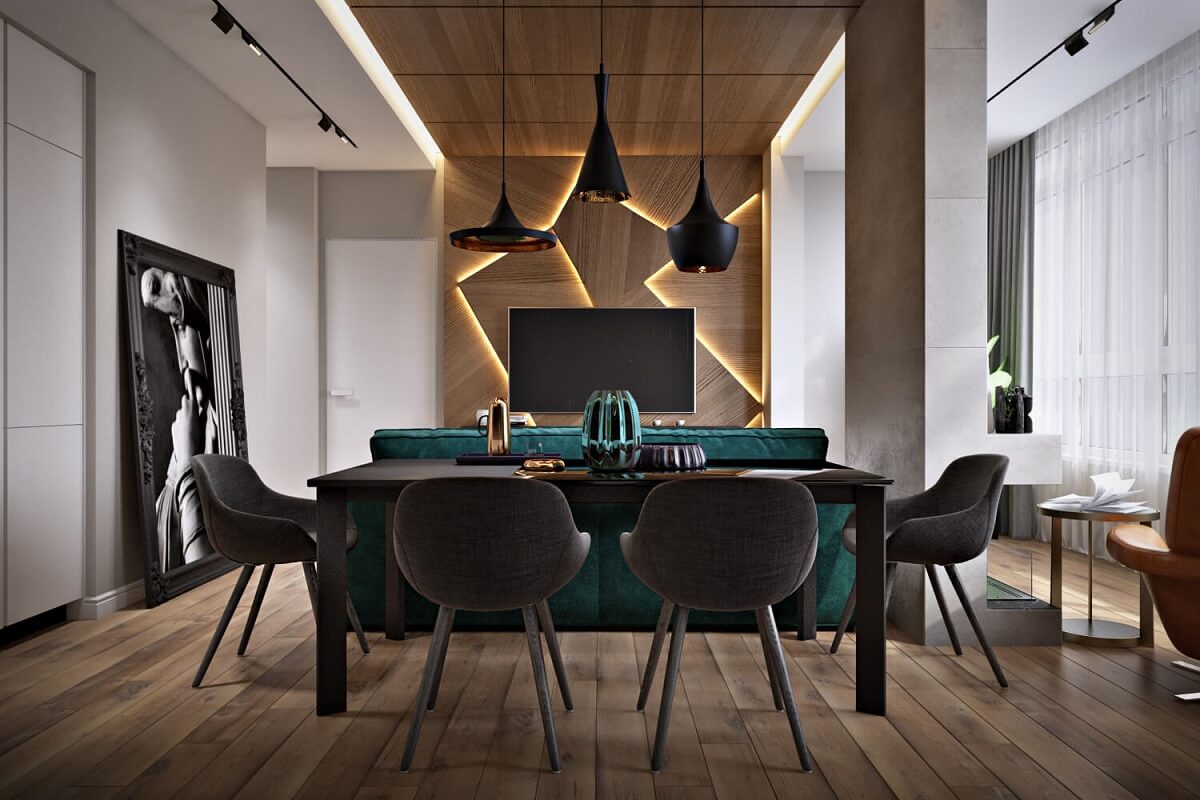
Lighting plays a key role in shaping the perception of any interior. Properly chosen lighting not only sets the overall mood of a room but also influences our well-being, productivity, comfort, and even safety. From selecting different types of light sources to the thoughtful placement and combination of various lighting scenarios—everything helps create an interior where coziness and functionality go hand in hand. Let’s explore how lighting affects space, the types of lighting available, how to combine them, and how to arrange them to achieve a harmonious and appealing atmosphere.
The Role of Lighting in Interiors
Light is not merely a utilitarian element meant to brighten a room. It shapes the emotional backdrop: soft, warm light can create a relaxed, homely atmosphere, while bright, cool light sources highlight details, enhance concentration, and emphasize modern interior features. Proper lighting design helps:
- Visually expand or contract space: Bright, well-lit rooms feel more spacious, while dimmer areas add depth and intimacy.
- Focus attention: Directional lighting can highlight specific interior elements—artwork, sculptures, or architectural details.
- Create coziness and warmth: Small, soft light sources, such as table lamps or backlighting behind furniture, foster a relaxing environment.
- Ensure functionality: Well-chosen lighting in a kitchen or workspace makes cooking, reading, or working at a computer easier and more comfortable.
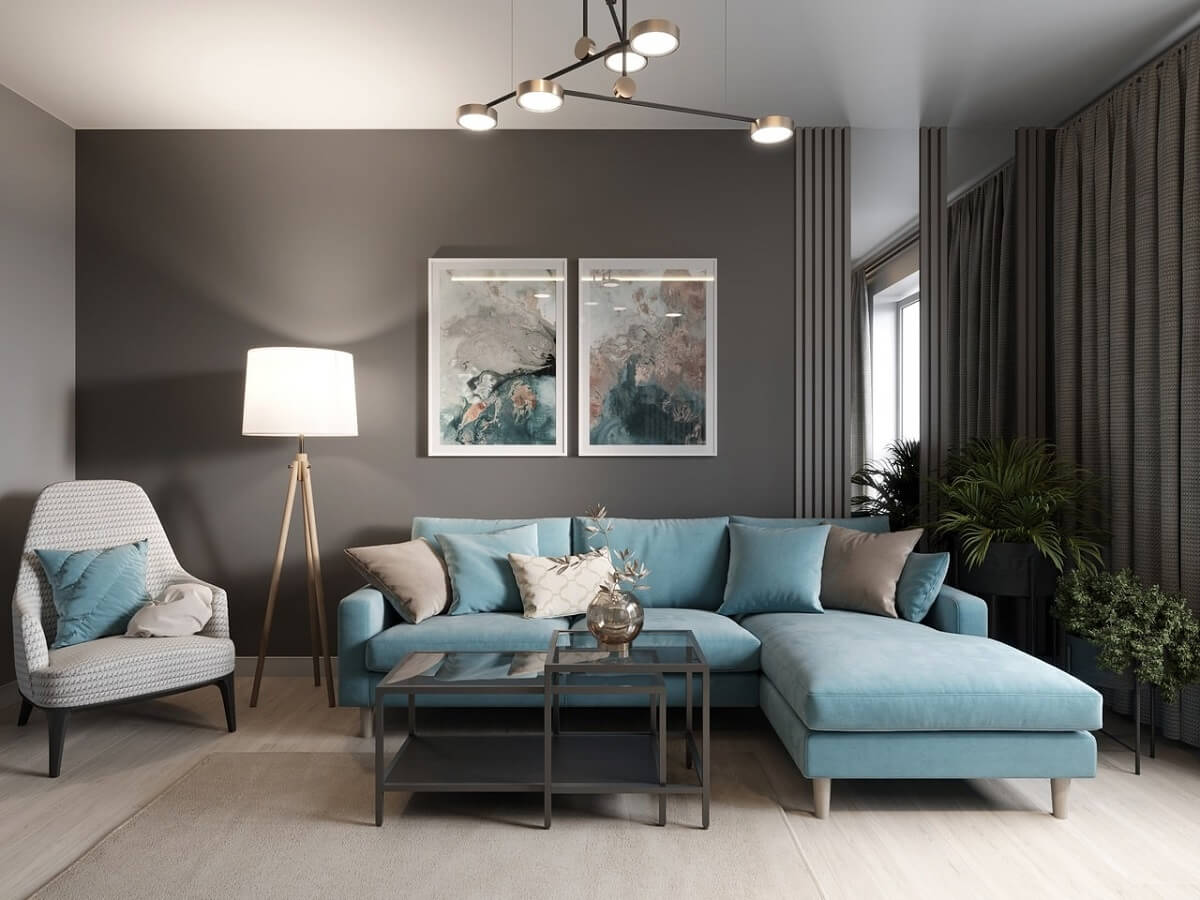
Main Types of Lighting
Lighting in interiors typically falls into three main categories: general (ambient), task, and accent lighting. In addition, the characteristics of the light sources themselves—such as their technology, color temperature, and color rendering—play a crucial role.
General (Ambient) Lighting
Ambient lighting is the primary layer of illumination that is evenly distributed throughout the room. Its task is to provide sufficient brightness for everyday activities, to help you orient yourself, and to create a comfortable environment. Examples include:
- Ceiling chandeliers or pendant lights
- Recessed spotlights around the perimeter of the room
- Flush-mounted ceiling fixtures
Ambient lighting should be bright enough but not glaring. Often, warm or neutral light sources are used to create a calm visual backdrop.
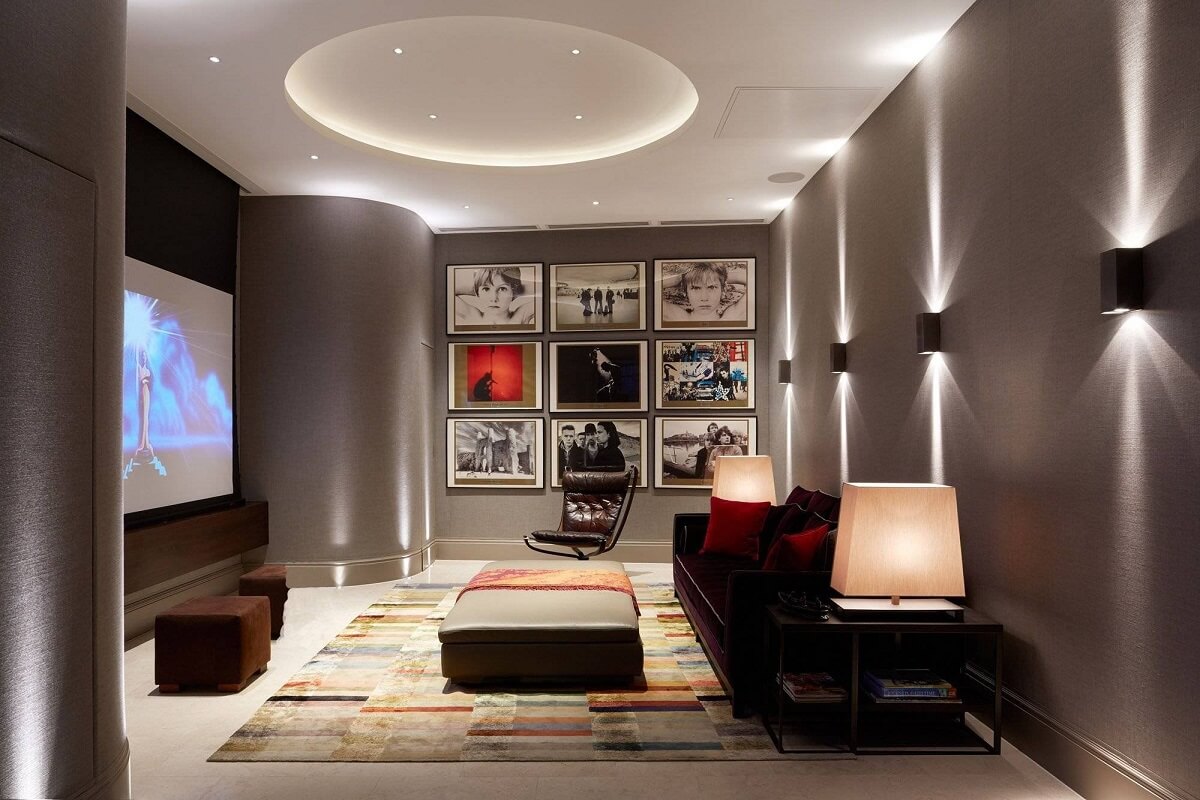
Task Lighting
Task lighting provides enhanced brightness in areas where specific tasks are performed, such as reading, working, cooking, or applying makeup. It’s focused locally on the exact spot where detailed visibility is needed.
Examples of task lighting include:
- Desk lamps in a home office or reading nook
- Pendants or spotlights above a kitchen countertop
- Vanity lights around a bathroom mirror
- Targeted lighting solutions for a dressing room or workshop
Task lighting is usually directional and brighter than ambient lighting, with an adjustable angle or beam focus to illuminate exactly where it’s needed.
Accent (Decorative) Lighting
Accent lighting serves an aesthetic function: it highlights particular interior elements—artwork, sculptures, architectural niches, or decorative wall panels. Its purpose is not necessarily brightness but to create visual contrast and draw attention to specific features, emphasizing their individuality.
Examples of accent lighting include:
- Wall sconces illuminating a painting or photograph
- Lighting built into niches and shelves
- Floor or step lights
- LED strips behind moldings, furniture, or within decorative panels
Accent lighting adds depth and vibrancy, breathing life into even the most minimalist spaces.
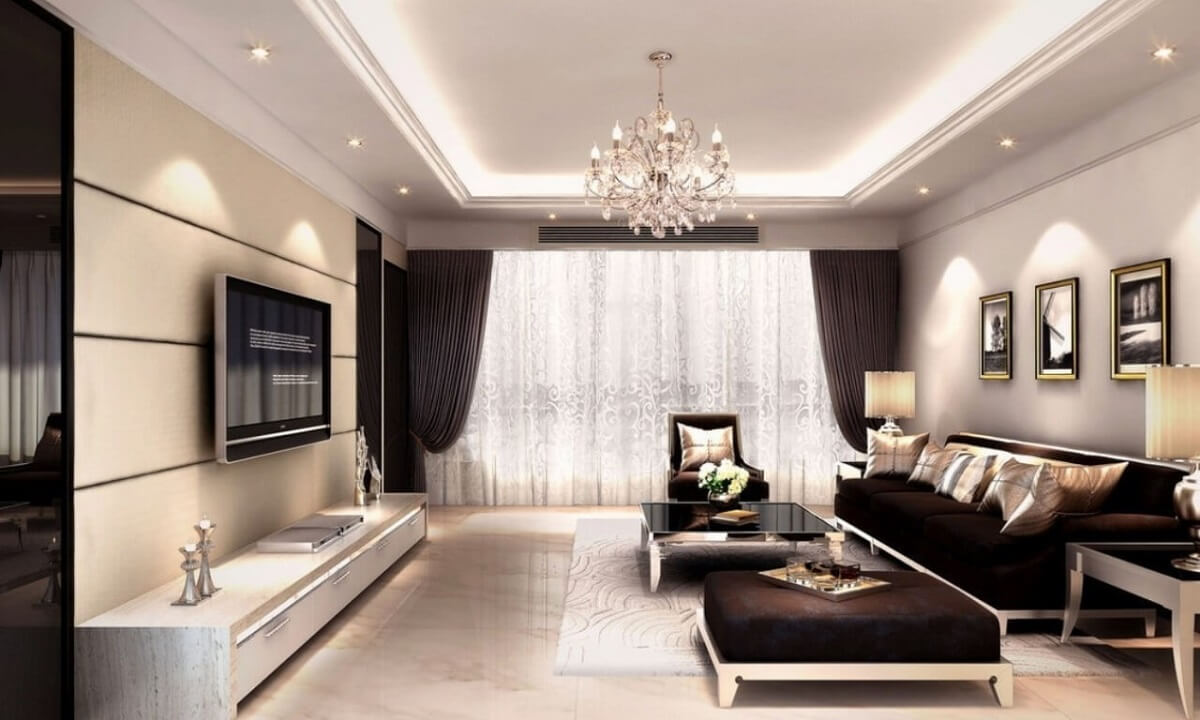
Types of Light Sources and Their Features
The modern market offers a wide range of lighting options. The most common sources include:
- Incandescent Bulbs:
Traditional bulbs emit warm, pleasant light but are inefficient and have a short lifespan. Today, they are rarely used, mostly for retro-style designs or where a warm, nostalgic glow is desired. - Halogen Bulbs:
Halogens provide bright, clean light, are slightly more efficient than incandescents, and offer stable color rendering. They are often used in spotlights where brightness and clarity are important. - Fluorescent Lamps:
Although energy-efficient, they often produce a cool, sometimes harsh light and may flicker subtly. They are gradually being replaced by LEDs. - LED (Light Emitting Diode) Lamps:
The most popular and modern choice. LEDs are energy-efficient, long-lasting, and available in various color temperatures (from warm to cool), offering high color rendering and dimming capabilities. They facilitate creating various lighting scenarios, combining hues, and integrating with smart home systems. - Smart Bulbs:
A subset of LED technology, smart bulbs can be controlled via smartphone or voice assistant. They allow adjustments in brightness, color, and scheduling, enabling you to tailor lighting scenes to your lifestyle.
Color Temperature and Color Rendering Index
Two important parameters affecting how we perceive light are:
- Color Temperature: Measured in Kelvins (K). Lower values (2700–3000K) provide a warm, yellowish light that creates a cozy, relaxing atmosphere—ideal for bedrooms, living rooms, and relaxation areas. The mid-range (3500–4000K) is neutral white, suitable for kitchens, bathrooms, and workspaces. Higher values (5000–6000K) approximate daylight and enhance concentration but may feel too cool for residential spaces, making them more appropriate for offices or workshops.
- Color Rendering Index (CRI): This indicates how accurately a light source reveals the true colors of objects. The higher the CRI (up to 100), the more precise the color rendering. For residential spaces, a CRI of at least 80 is recommended, and for tasks requiring accurate color perception (e.g., design work, photography, makeup), aim for CRI 90+.
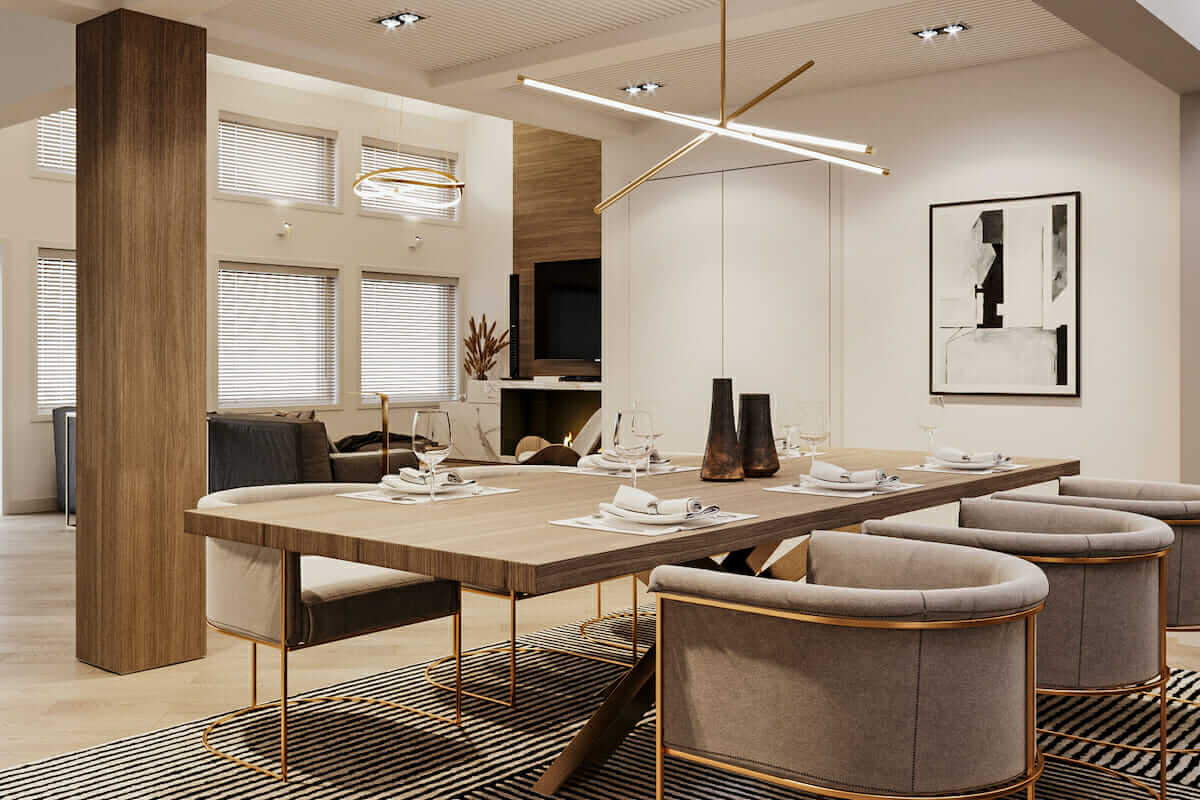
Combining and Arranging Light Sources
To achieve a harmonious interior, it’s essential to use layered lighting. By combining ambient, task, and accent lighting, you can create different scenarios and adapt to various needs:
- Zoning with Light:
You can create several functional zones within a single room. For example, in a living room, have a desk lamp in the workspace, a floor lamp for a cozy reading corner, and a pendant light over the dining table. By switching between different lighting scenarios, you can alter the room’s mood and purpose. - Using Dimmers and Smart Systems:
The ability to adjust brightness helps tailor lighting to the current task or time of day. Smart lighting systems offer even more flexibility: program lights to turn on gradually in the morning, choose warm tones for the evening, or set dynamic scenes for special occasions. - Proper Placement of Fixtures:
- Distribute ceiling lights evenly, but avoid placing them directly overhead in seating areas to prevent glare.
- Position task lamps to the side or slightly above the work surface, directing light downward at an angle.
- Aim accent lights so they highlight the object without shining directly into the eyes.
- Contrast and the Play of Shadows:
Striving for absolute uniformity in lighting is unnecessary. Contrasts and interplay of light and shadow add depth to a space. Soft under-cabinet lighting, subtle wall sconces, and carefully illuminated focal points all contribute to a unique atmosphere.
Lighting in Different Types of Rooms
- Living Room:
Use adjustable ambient lighting, floor lamps for a cozy atmosphere, and accent fixtures to highlight décor or a fireplace. LED strips behind the TV can create a home theater ambiance. - Kitchen:
Start with bright ambient lighting. Add targeted task lights above countertops, the stove, and the sink. Under-cabinet LED strips are practical. A pendant lamp with a dimmer over the dining area creates a more intimate setting. - Bedroom:
Opt for warm, soft light with dimming capabilities. Include bedside lamps or sconces for reading and closet lighting. Avoid overly bright light—bedrooms should be calming. - Bathroom:
Provide bright, soft lighting at the mirror and a general overhead light. LED accents in niches can lend a spa-like atmosphere. - Entryway:
Bright, general lighting for convenience when entering or leaving, plus accent lights for mirrors or artwork on the walls.
Conclusion
Lighting in interiors is an integral part of design that affects spatial perception, comfort, and mood. A well-thought-out combination of ambient, task, and accent lighting, the right choice of color temperature and bulb types, careful placement, and the use of smart systems all help create an interior where living and working are both pleasant and efficient. From finely tuned contrasts to functional lighting scenarios and subtle decorative accents—lighting becomes a true creative tool for the designer, with results that will delight you in both aesthetics and functionality.

